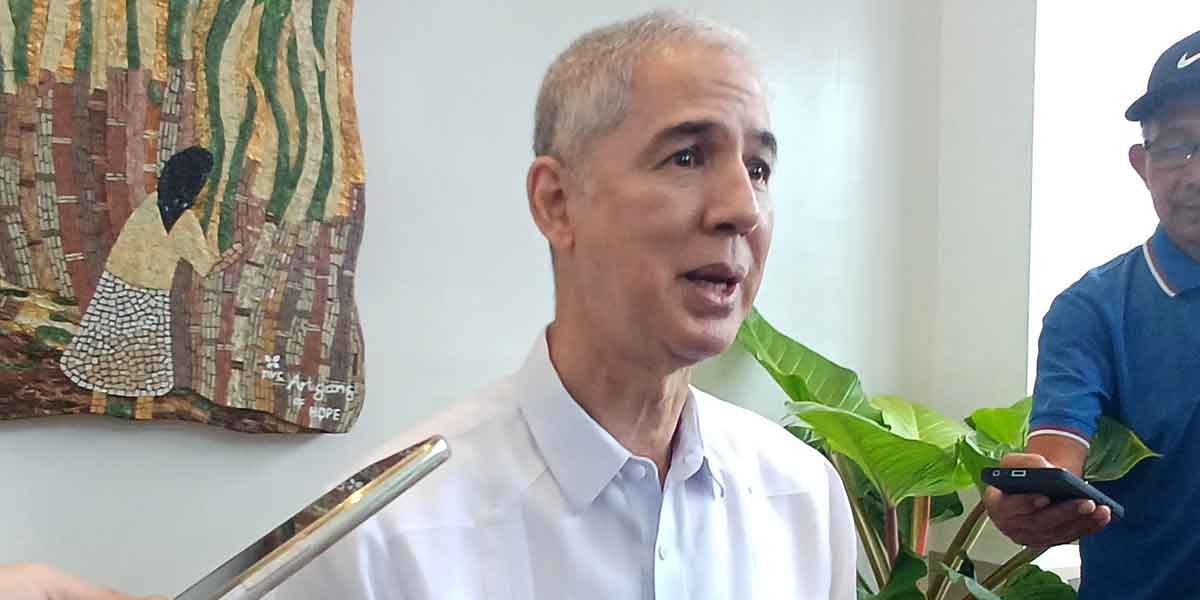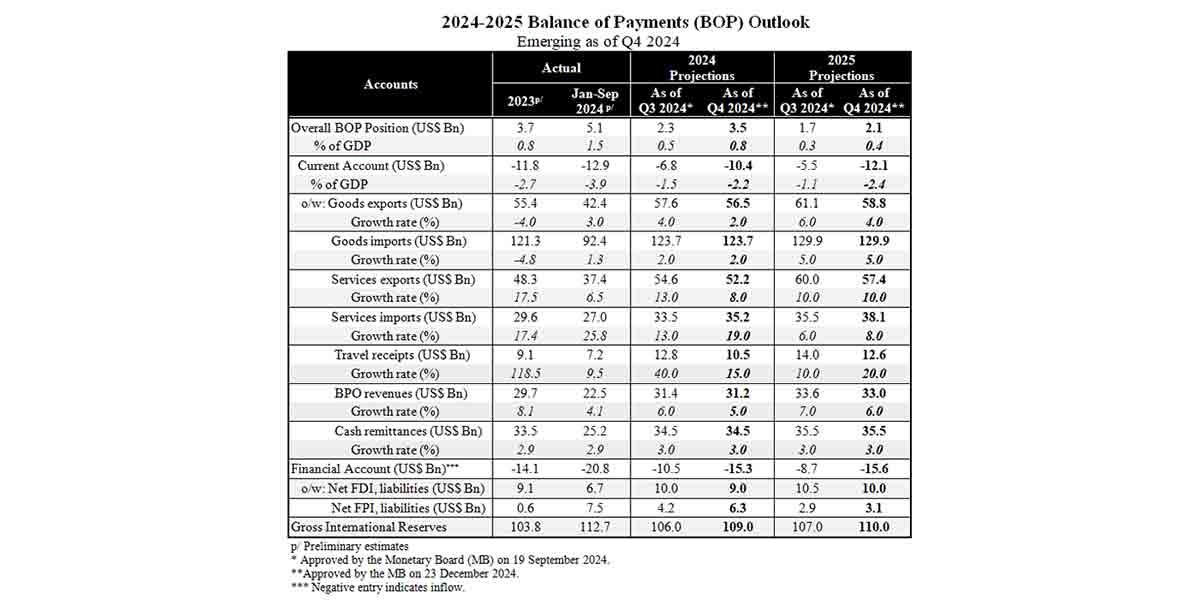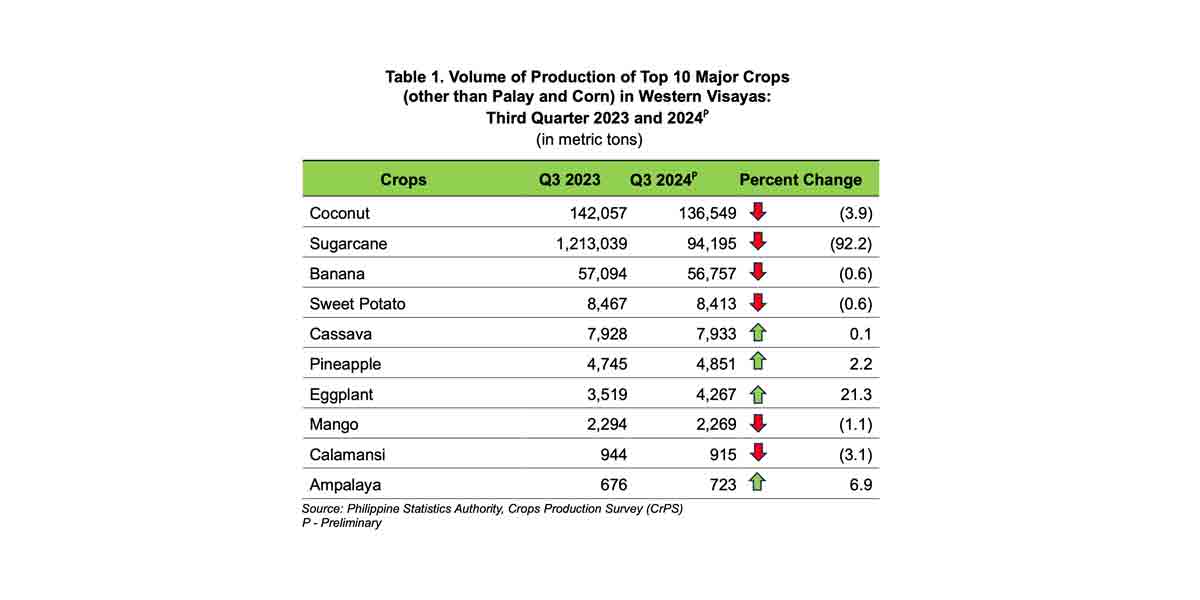The country could incur PHP 2.3 trillion from productivity losses due to the direct and indirect health impacts of the COVID-19 pandemic.
Philippine Institute for Development Studies (PIDS) Senior Research Fellow Valerie Gilbert Ulep revealed this at a webinar, which featured the PIDS study “The Multifaceted Health Impacts of the COVID-19 Pandemic”.
According to Ulep, indirect health impacts, such as reduced access to different health services, account for much of the total cost.
He underscored the importance of measuring these impacts to better manage the pandemic.
“The coverage rates of key basic health indicators before the pandemic are pretty low. Further decline of these key health indicators will be very catastrophic to population health and wellbeing,” he explained.
Citing a 2017 Universal Health Coverage data, Ulep revealed that only 50 percent of Filipinos received prenatal care, 55 percent of children with pneumonia visited a health provider, and 77 percent of children received vaccination. He noted that these indicators are relatively low compared to other countries.
Further, based on Philippine Statistics Authority data, six percent of deaths in 2020 may be attributed to the COVID-19 pandemic and a higher death toll can be expected in 2021.
The author also highlighted that the decline in inpatient care among children is “alarming” and that the indigents suffered the largest drop in medical claims.
“The poor are not accessing health services anymore. This finding has [a] huge equity implication. It means that the poor might have a huge unmet need for health care during the pandemic,” Ulep explained.
The number of consultations in rural health units (RHUs) significantly declined, particularly among vulnerable populations. Ulep noted that the role of RHUs is critical because “they are the gateway of individuals and communities to the public system” by providing basic healthcare services and other interventions.
The coverage of critical public health programs, such as HIV testing, diagnosis and treatment, and TB-DOTS, also suffered a “major blow”.
According to Ulep, the decline in healthcare services can be attributed to reduced income, mobility restrictions, overrun health facilities, and reallocation of resources during the pandemic.
“There is an important link between income and health outcomes. Decreasing gross domestic product will severely affect health and healthcare demand,” he said.
Given the health and economic burden due to COVID-19, Ulep provided recommendations.
One is for the government to institutionalize an integrated healthcare system for primary care.
“[There is a need for] massive capital investments through [the adoption] of the health facility enhancement program…We need more investments in health facilities…[This does] not [entail] capital investments alone but should be complemented with [human resource] and governance reforms,” he said.
He also urged the government to invest in health information systems and incentivize the use of telemedicine.
Lastly, Ulep emphasized the need to slowly transition the country’s governance structure of COVID-19 response by making it a part of the public health program.
“This [transition] needs to be examined and studied carefully. Addressing or controlling the virus has to be done holistically in parallel with other programs of the Department of Health,” he concluded.



















